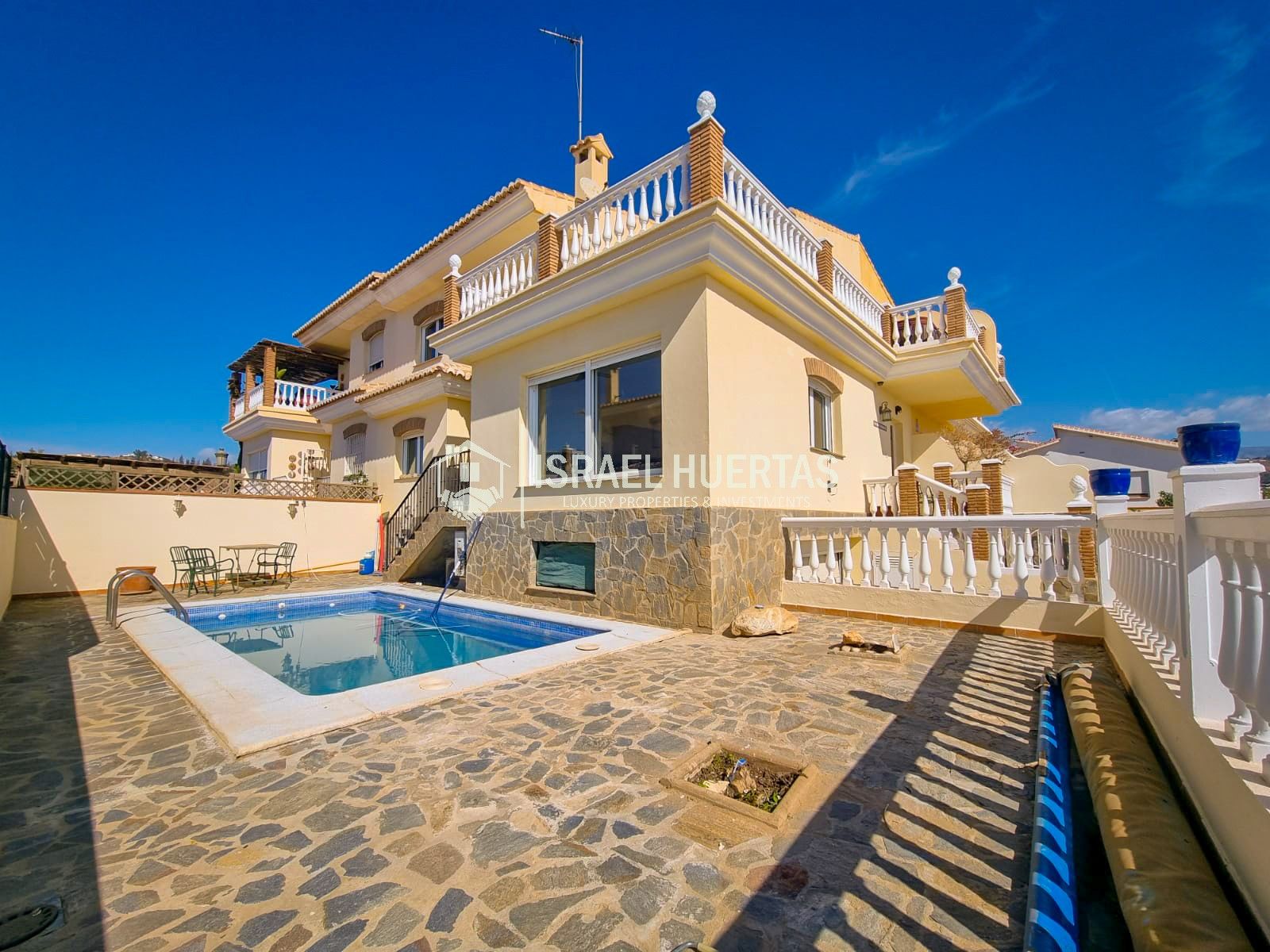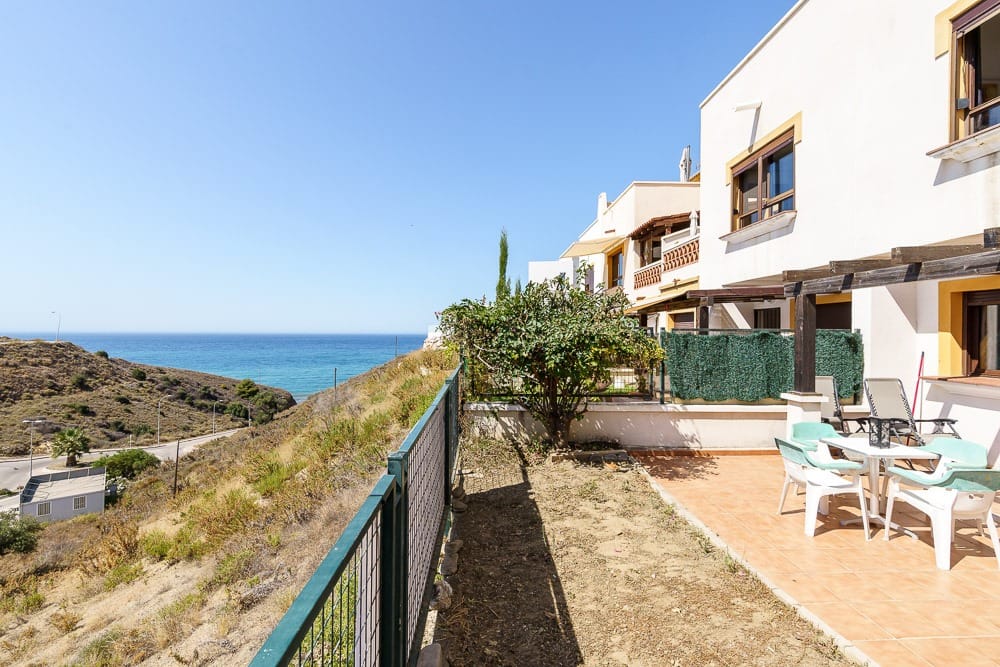|
Getting your Trinity Audio player ready...
|
Acquiring a property represents a decision of enormous importance in any person’s life. It involves a significant change and, at the same time, a considerable investment. It is therefore essential to ensure that all details are well considered.
Approaching the purchase of a new-build home in an optimal way requires several essential steps. It is crucial to be clear on the available budget, know the mortgage options, understand the applicable taxes and gather key information from the developer, such as the cédula de habitabilidad, payment methods and property plans.
What makes buying a newly built property attractive?
While the choice depends on individual circumstances and preferences, in general, second-hand properties tend to require renovation to suit the new owner, are older in design, tend to be less energy efficient and may have defects or problems.
On the other hand, new-build properties are built to current market standards and, in theory, are free of major defects. There are key points in comparison to used properties, the high construction qualities and sustainable features, which generate both energy and economic savings, are significant advantages of new construction. However, the most relevant is that the purchase of a new build property eases the down payments during the two years or so of construction. The client can progressively pay 20% of the initial price and then take out a mortgage for the remaining 80%. In the case of a used property, the down payment must be immediate.
Buying a new property step by step involves following certain steps:
Determining the available budget is essential. Knowing the amount available, whether from your own savings or financing, will determine the home you can afford.
Based on this, you may need a mortgage that varies in amount. Banks usually offer around 80% of the value of the property, although some entities, depending on the profile and other factors, can go up to 100%. In addition, the costs and taxes associated with the purchase must be considered.
It is crucial not to commit to a mortgage that may represent a problem in the future. The monthly payment should not exceed 35-40% of the net monthly family income. For example, a family with an average income of 2,500 euros per month should not have a monthly payment of more than 1,000 euros.
Searching for the right property is the next step, considering individual needs and preferences. Having the advice of a trusted real estate agent can make all the difference.
Selecting an optimal mortgage involves investigating whether the development offers a developer loan that can be accessed. Comparing market offers and looking for competing banks can represent significant savings.
Since the last mortgage law, there are no significant differences in the costs between subrogating to the developer’s loan or taking out the mortgage with another entity, except for the cost of the appraisal, which varies between 250 and 600 euros, depending on the entity.
Types of mortgages: fixed, variable and mixed.
-The fixed mortgage maintains the same interest rate throughout the life of the loan, regardless of market fluctuations.
Variable mortgages have monthly instalments that vary according to a reference index, such as the Euribor.
The mixed one has an initial period with fixed interest and then becomes variable.
Requesting as much information as possible from the developer is crucial. They are obliged by law to provide a series of data and documents related to the work.
The first step is to verify ownership and possible encumbrances in the Land Registry. It is also important to check licences and easements at the town hall where the works are to be carried out.
Having as much information as possible helps to prevent future unforeseen events.
Information such as the certificate of habitability, final building certificate, ten-year insurance, first occupancy licence, guarantees, instructions for use and conservation, and detailed plans of the property should be requested.
It is essential to know the guarantee offered by the Ley de Ordenación de la Edificación (LOE). This law establishes coverage times for construction defects:
-10 years for structural defects.
-Three years for habitability defects.
-One year for defects in finishes.
As for taxes and expenses, when buying a new home, the following should be considered:
I-VA, which in 2023 is 10%, except in the Canary Islands, where it is 6.5%.
-Documented Legal Acts (AJD), a cost assumed by the buyer and variable according to the autonomous community.
-Arrangement fee, which can reach up to 2% of the capital loaned for the mortgage.






